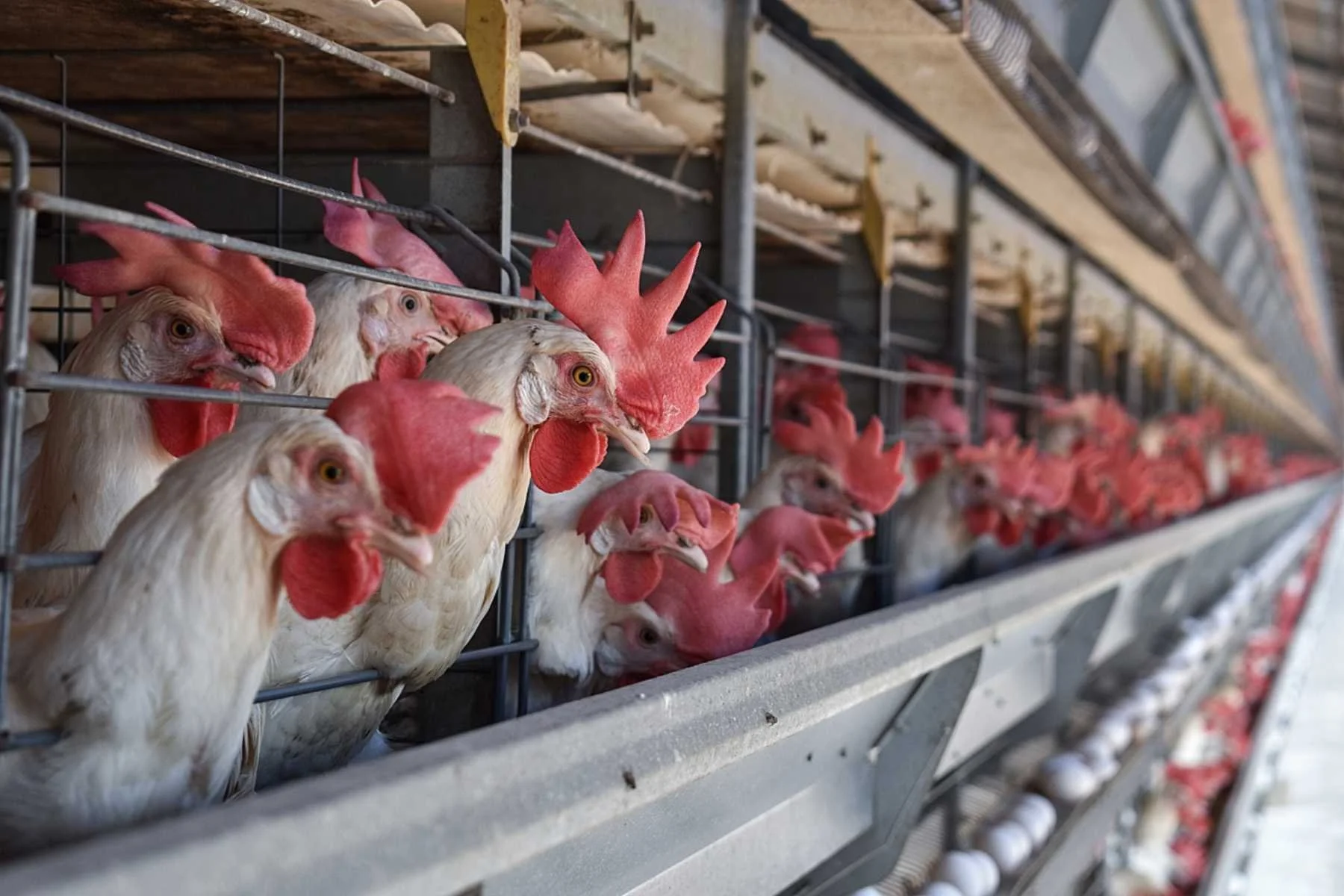World’s First Lab-Grown Sushi Bar to Open in San Francisco
Cellular agriculture company, Wildtype, is hoping to offer a solution to destructive fishing practices by launching the world's first lab-grown, slaughter-free sushi bar.
Credit: Wildtype
Sushi without the slaughter and secrecy: that’s what San Francisco-based aquaculture startup Wildtype promised this week, as they announced plans to open the world's first lab-grown sushi bar.
The first-of-its-kind sushi bar will open in Dogpatch this fall and represents an exciting step forward in the search for sustainable ways to help feed a growing population without slaughtering animals or depleting the oceans.
“Global demand for seafood is outpacing supply, so the status quo needs to change. Our pilot plant will showcase the promise and wonder of growing fish fillets using cell cultivation,” said Elfenbein, a molecular biologist by training who co-founded Wildtype. “In addition to being designed to shorten innovation cycles and facilitate the scaling of food production, the facility will be a place where the public can learn about this fascinating new technology.”
The start-up company uses a small number of salmon cells to create fish in its labs. Wildtype’s pilot plant currently manufactures around 50,000 pounds of seafood per year. At maximum capacity, the company will be able to produce nearly 200,000 pounds of lab-grown fish annually.
Wildtype claims its sushi-grade salmon is packed with omega-3 and omega-6 fats and has all the nutritional benefits of wild fish, without any of the microplastics, mercury, parasites, or other common toxins.
To promote transparency, Wildtype’s pilot plant is also giving the public a look inside the manufacturing and production process of its salmon products - a stark contrast to the global fishing industry, whose practices are often shrouded in secrecy. Designed by famed architect Shuo Zhai, the innovative sushi bar will feature an education center with a glass door separating the production and tasting room as well as bleacher seating.
“People are often so removed from the process of meat and seafood production,” said Elfenbein. “We wanted to remove that barrier, to have customers feel connected to what they’re eating.”
Wildtype’s pilot production plant in San Francisco, CA
Wildtype hopes to eventually supply its salmon to consumers across the country at grocery stores such as Walmart and Costco, as well Bay Area restaurants. But there are many regulatory hurdles to navigate before this can become a reality; the U.S. government has not yet approved lab-grown meat products for mass consumption, however, this could soon change as the Food and Drug Administration (FDA) has just started its pre-market consultation.
The Future of Food
Also known as cell-based or cultivated meat, lab-grown meat is one of the leading solutions to eliminating factory farms and making the suffering of animals in the farming industry a thing of the past. And because it’s crafted in a lab rather than via animals on a farm, it’s healthier than conventional meat because it contains no antibiotics.
“A new space race for the future of food is underway”, Bruce Friedrich, Executive Director of the Good Food Institute (GFI) explains.
"Most of the conventional meat companies have reconstituted as protein companies, and nine of the 10 biggest have either launched or invested in plant-based meat, cultivated meat, or both”, Friedrich added.
And it’s easy to see how alternative proteins are already beginning to transform the industry: Israel also welcomed a trial launch for the world’s first lab-grown meat restaurant last year, while meat giant McDonald’s recently announced its first vegan burger, dubbed the McPlant. And TIME magazine named plant-based Impossible Pork as one of ‘The Best Inventions of 2020’.
For more on the future of food, and how lab-grown meat could help save billions of animals from factory farms, listen to our podcast episode with James Arbib: Rethinking Humanity.
More stories:
Species Unite
A collection of stories of those who fight the good fight on behalf of animals.





From an owl who taught a city how to hope, to the fight to restore collapsing kelp forests, to the urgent push for justice for animals harmed by human systems - these are the stories behind Species Unite’s most listened-to podcast episodes of 2025.